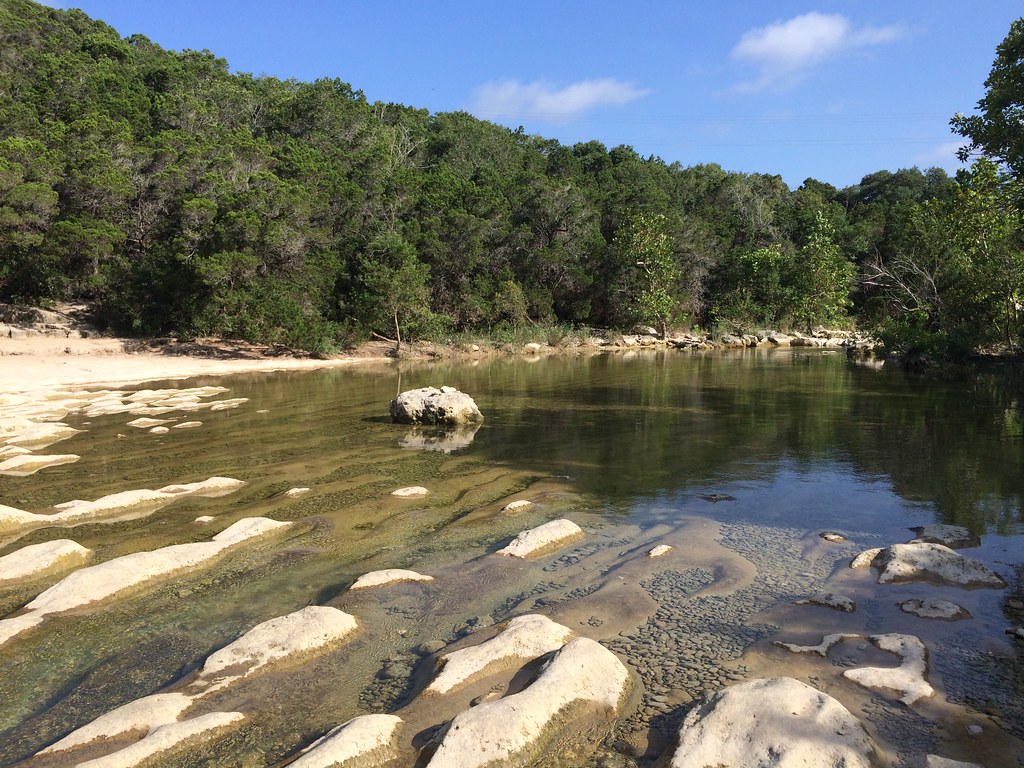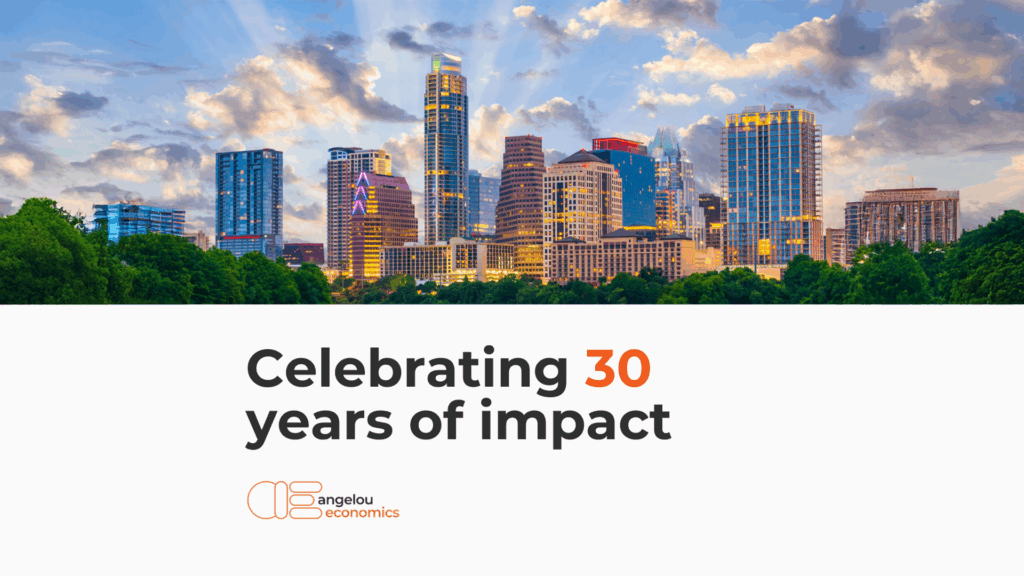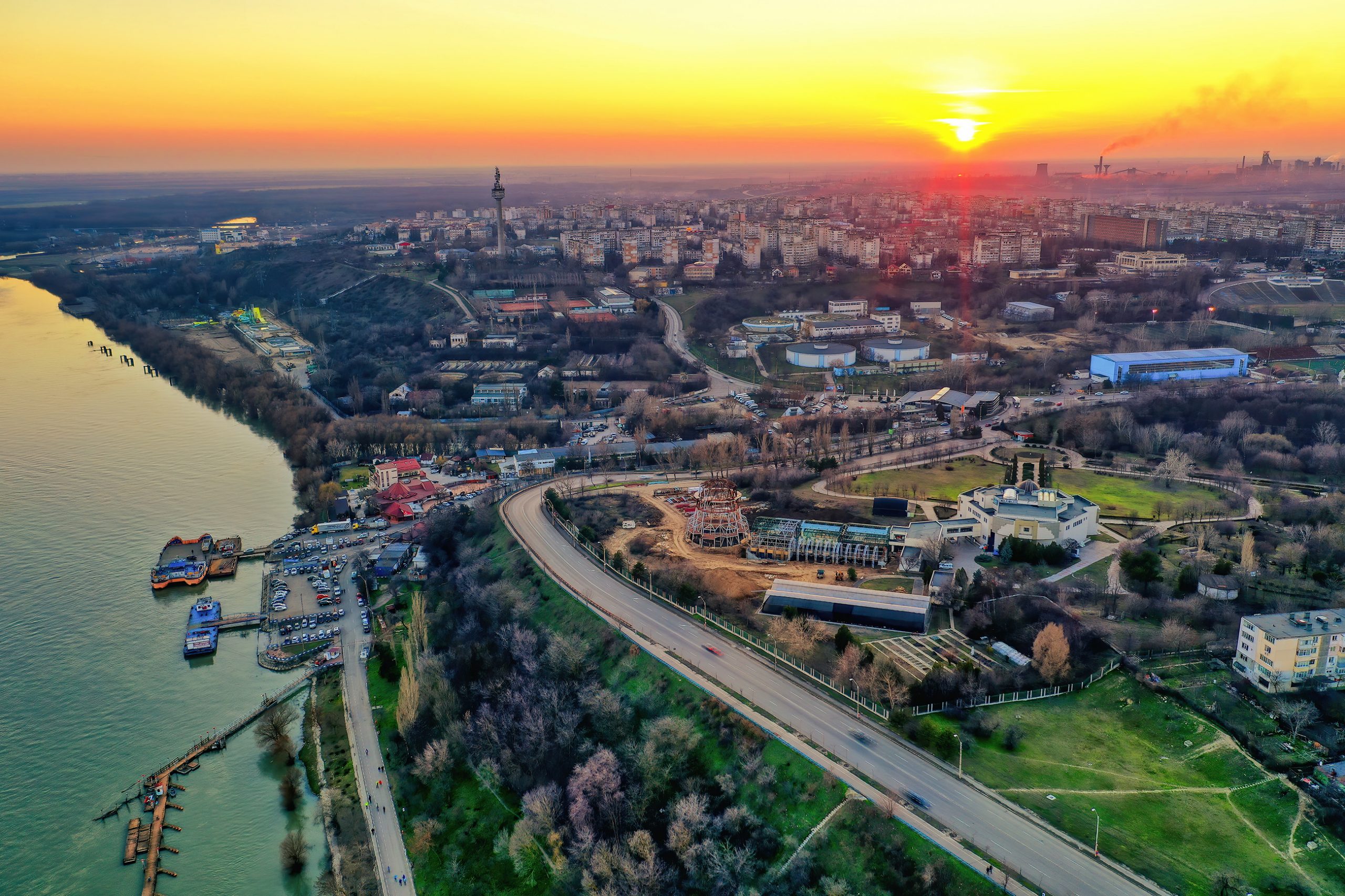What are the economic impacts of natural disasters to agriculture and local water supplies? How do we effectively measure and compare these impacts to previous years? How can we best tackle these trends?
These questions have been debated heavily as weather patterns change in extremity and regularity. Texas, who faced the first major hurricane to hit the United States since 2005, is one of the most at-risk states for climate change. The Lone Star State has had the most natural disasters and highest associated costs of any state in the United States during the last 40 years (Eschner 2019). There have been more than 100 $1 billion disasters with an estimated total of $250 billion in costs.
Altogether, Hurricane Harvey topped $65 billion in direct costs and resulted in an additional $8.5 billion in indirect costs. This created significant national impacts, as Texas holds a substantial amount of refineries, chemical industry infrastructure, and offshore production facilities. Approximately 25% of the Gulf of Mexico’s offshore oil and natural gas production fell, refinery utilization dropped from 90% to 60%, and gasoline prices temporarily rose by $0.28 (Kaplan, 2019).
These trends are a part of a larger cycle. Nationally speaking, natural disasters cost the United States $91 billion in 2018, the fourth highest amount since the NOAA began tracking this data in 1980 (Chappell, 2019). It’s not just the increasing costs that are gaining attention — it was also the eighth consecutive year where there were eight or more natural disasters that cost over $1 billion.
What are some of the potential effects of these worsening conditions?
While hurricanes and overall rainfall levels are projected to increase in frequency and severity, higher temperatures are expected to cause more widespread droughts throughout western Texas. The 2011 drought alone was approximately $7.6 billion in agricultural losses, about 40% of the average agricultural production (Kaplan, 2019). These trends could cause the agrarian state to lose up to 50% of fields that can be irrigated, as well as decrease water supplies and overall air quality (EPA, 2016). Further, Texas is estimated to have 3 to 4 times as many days over 100 degrees than it currently does in just about 70 years. These worsening conditions adversely affect everyone, namely vulnerable populations such as the elderly, the sick, and the poor.
How do we effectively manage these occurrences?
Texas businesses and elected officials are assessing various infrastructure investments in order to protect at-risk populations and ensure ongoing production energy services proceed after a natural disaster. Businesses are now investing heavily into sustainable practices, enabling Texas to become the largest wind-energy-producing state in the nation (Kaplan, 2019). AngelouEconomics strives to be at the forefront of research and considers all economic factors when performing analysis and forecasts.
References:
Chappell, Carmin (2019): Natural Disaster cost $91 billion in 2018, according to federal report. Retrieved from: here.
Environmental Protection Agency: What Climate Change Means for Texas. Retrieved from: here.
Eschner, Kat. The most dangerous places to live in America that are prone to natural disasters. Retrieved from: here.
Kaplan, Robert S (2019): A Brief Discussion Regarding the Impact of Climate Change on Economic Conditions in the Eleventh District. Retrieved from: here.
Want to Learn More?
Send us an email at info@angeloueconomics.com to learn more.















